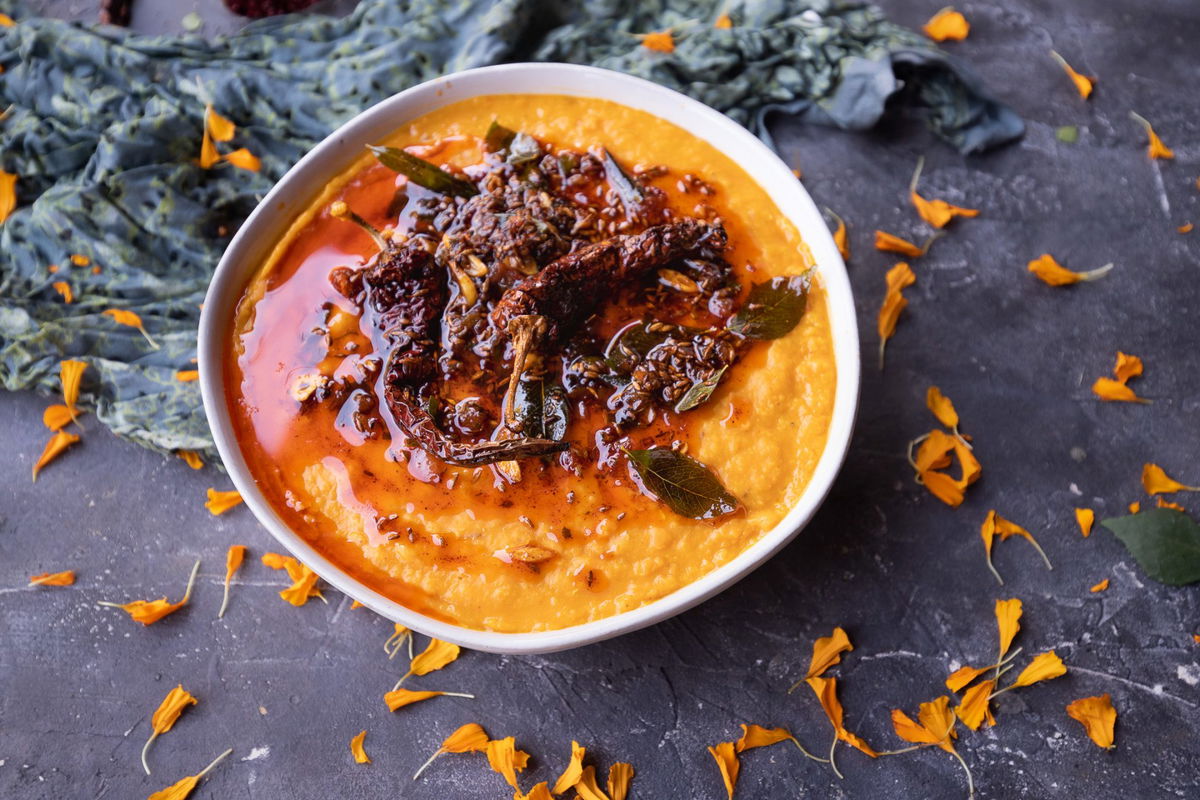Snake gourd, known as chichinda or lamba parval in India, is an ancient vegetable that has been cultivated for thousands of years. It belongs to the gourd family, which includes bottle gourd and bitter melon, and thrives in tropical climates.
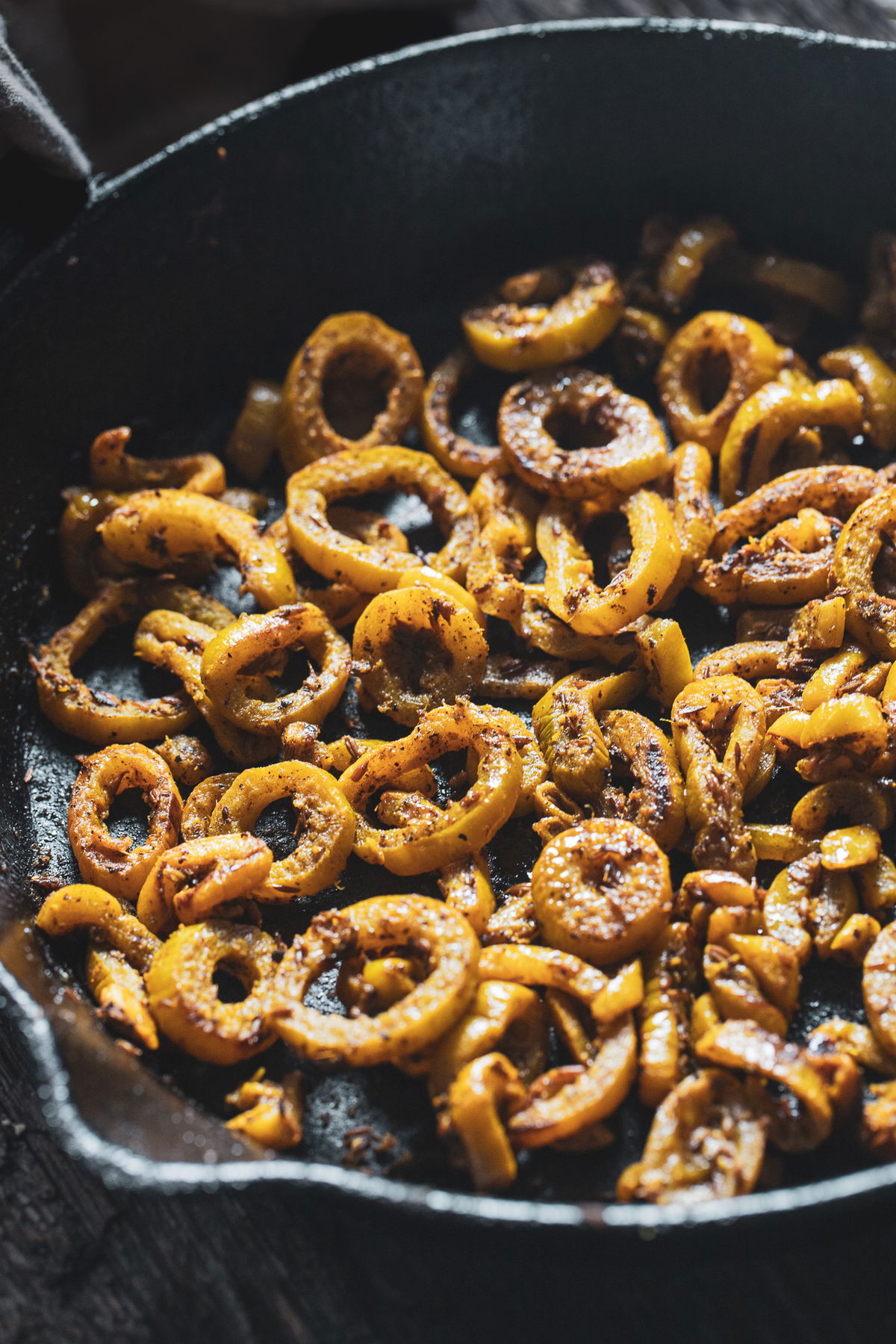
Historically, it has been used not only for cooking but also in Ayurveda for its cooling properties and ability to aid digestion. This stir-fry is a simple yet flavorful way to prepare snake gourd using only ingredients that were available in India around 2,000 years ago—without onions, garlic, or chilies. The result is a dish that is both historic and delicious.
Regional and Cultural Significance
Snake gourd is widely consumed across South India, Maharashtra, and parts of Gujarat, where it is used in curries, stir-fries, and even dals. It is a common vegetable in traditional Tamil, Telugu, Kannada, and Malayalam cuisines.
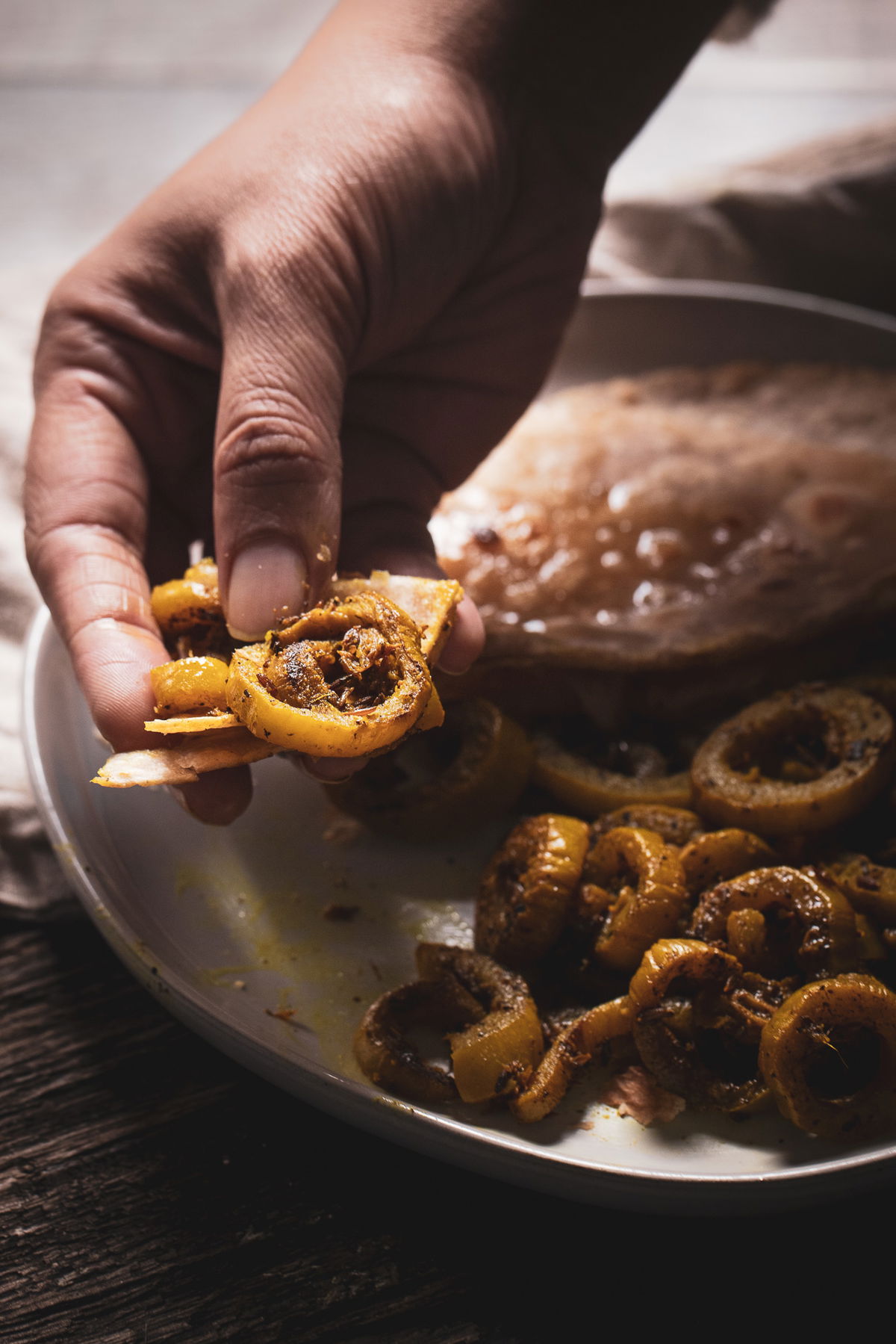
This dish is often served as a simple everyday side but can also be part of religious or fasting meals since it avoids onions and garlic. It is a favored choice during the summer months due to its hydrating properties and its ability to support digestion.
Why You’ll Love This Recipe
- Minimal Ingredients: Uses only a handful of traditional Indian spices.
- Healthy & Nutritious: Snake gourd is rich in fiber, antioxidants, and essential vitamins like vitamin C and A.
- Ayurvedic Benefits: Known for its cooling effect on the body and digestive benefits.
- Simple to Prepare: A quick stir-fry with minimal prep and cook time.
- Versatile & Wholesome: Pairs well with dal, rice, or roti as part of a balanced meal.
- Perfect for Special Diets: This dish is suitable for Jain and sattvic diets, making it ideal for fasting days.
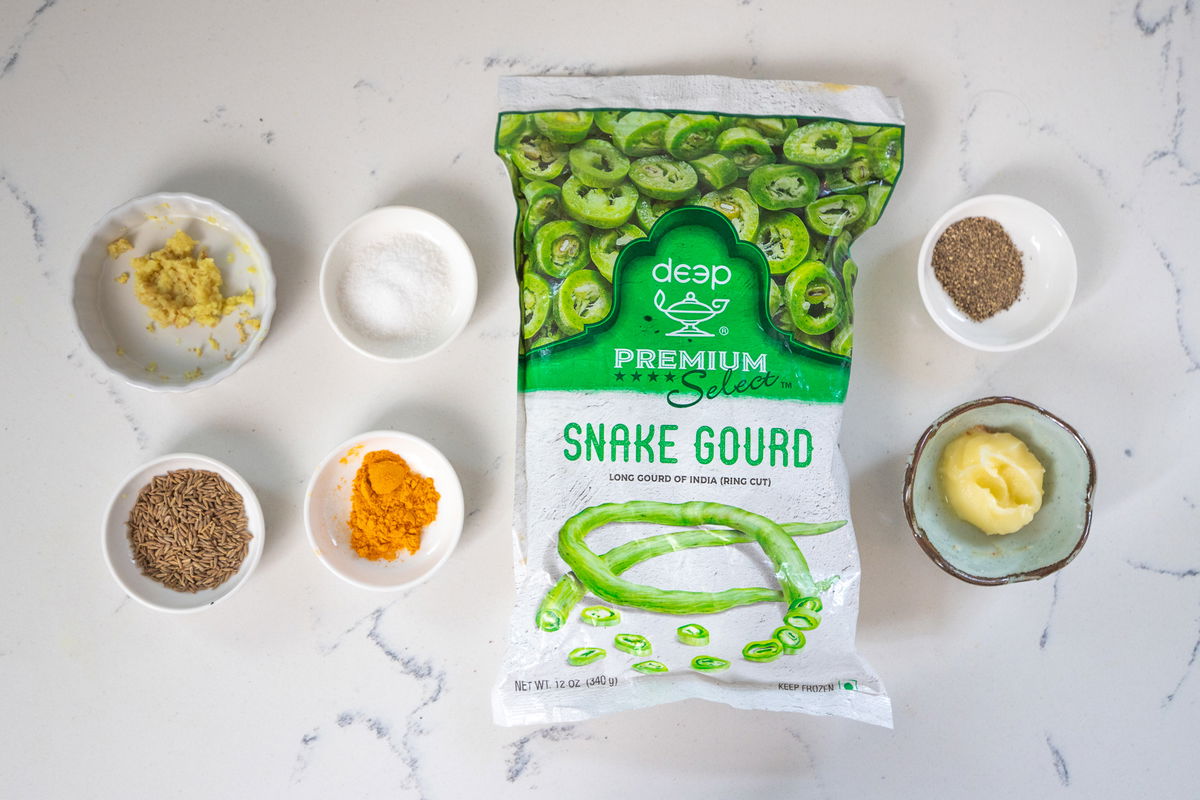
The Recipe
Snake Gourd Stir-Fry (Ancient Indian Recipe)
Snake gourd stir-fry with spices and aromatics, a simple and flavorful Indian side dish for rice or roti.
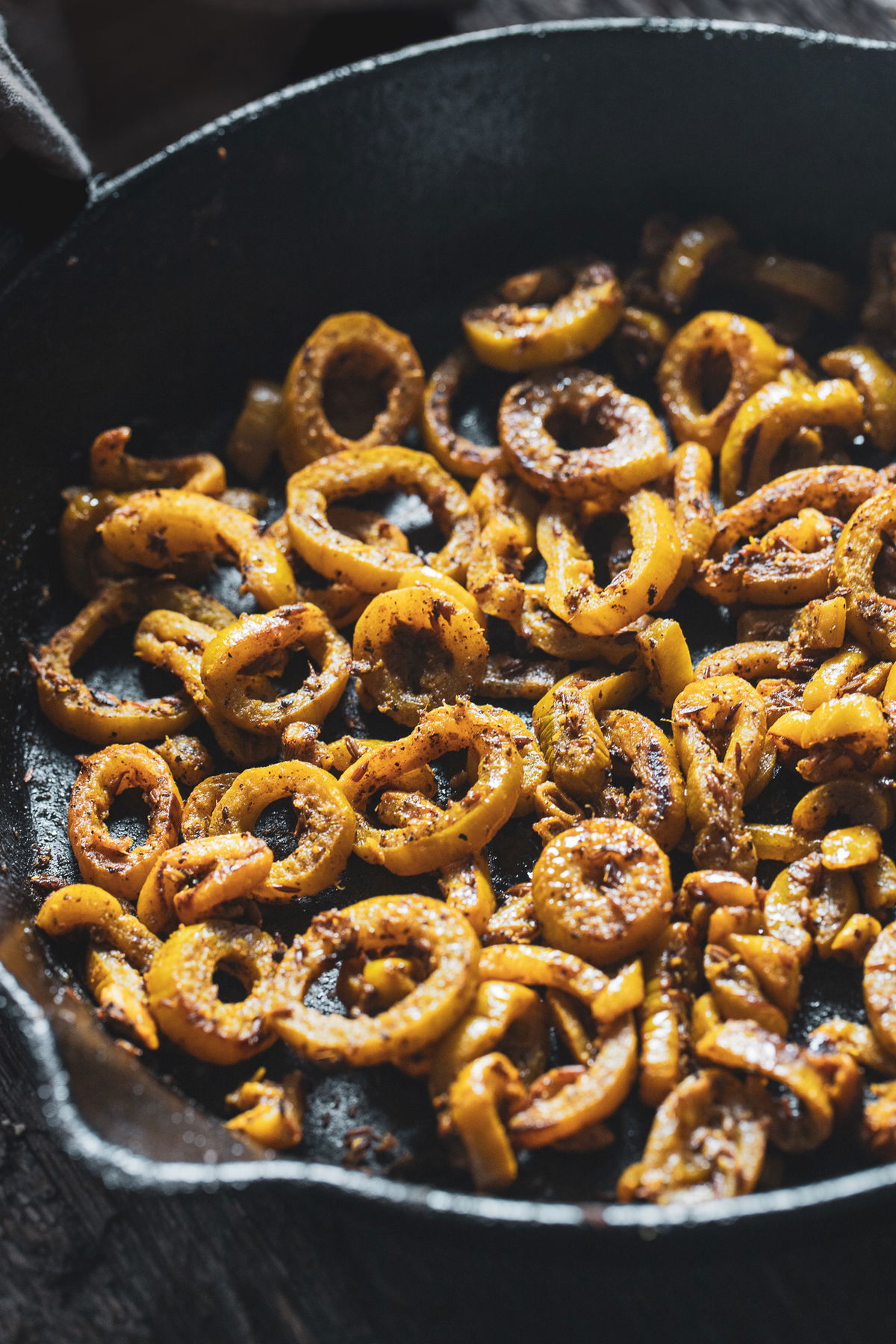
Ingredients
- 1 Tbsp ghee (or oil)
- 1 tsp cumin seeds
- 1/2 tsp turmeric powder
- 1 tsp fresh grated ginger
- 1/2 tsp black pepper (ground)
- 1 packet frozen snake gourd (or 1 fresh snake gourds, sliced thinly)
- 1/2 tsp salt (or to taste)
- 1/2 cup water
Instructions
- Prepare the Tempering: Heat ghee or oil in a pan over medium heat. When the fat shimmers, add the cumin seeds and let them sizzle for a few seconds. Stir in the turmeric, black pepper, and ginger, and sauté briefly to let the flavors bloom. Cumin has been used in Indian cuisine since at least 300 BCE, prized for its earthy aroma and digestive properties.
- Cook the Snake Gourd: Add the frozen snake gourd directly into the pan (no need to thaw). Stir well, ensuring the spices coat the vegetable evenly. Cover the pan and cook for about 5 minutes, allowing the moisture to soften the gourd. Historically, snake gourd was often cooked with minimal ingredients to retain its natural taste and health benefits.
- Caramelization & Finishing Touches: Remove the lid and cook for another 5-10 minutes, stirring occasionally, until the gourd starts to brown and caramelize slightly. If anything sticks to the pan, deglaze with a splash of water to incorporate the browned bits into the dish. The caramelization process enhances its mild sweetness and umami flavors.
- Serve & Enjoy: Stir in the salt, mix well, and serve hot. This dish pairs wonderfully with dal, rice, andor roti for a complete meal. Ancient Indians would have enjoyed it with hand-pounded grains and lentils, making it a wholesome, balanced dish.
Video
Pro Tips
- If using fresh snake gourd, slice it thinly and increase cooking time by 5 minutesslightly.
- A squeeze of lemon or a pinch of garam masala at the end can enhance the flavors while maintaining historical authenticity.
- Serve with Gujarati dal, plain rice, or a light yogurt raita for a balanced meal.
- Snake gourd is known for its hydrating properties and is often consumed in warm climates to combat heat exhaustion.
- This dish can be part of a light detoxifying meal and is frequently recommended in Ayurvedic diets.
This simple stir-fry showcases the depth of natural flavors using just a few basic ingredients. With its rich history, health benefits, and delightful taste, this dish brings ancient Indian cuisine to life in your kitchen.
